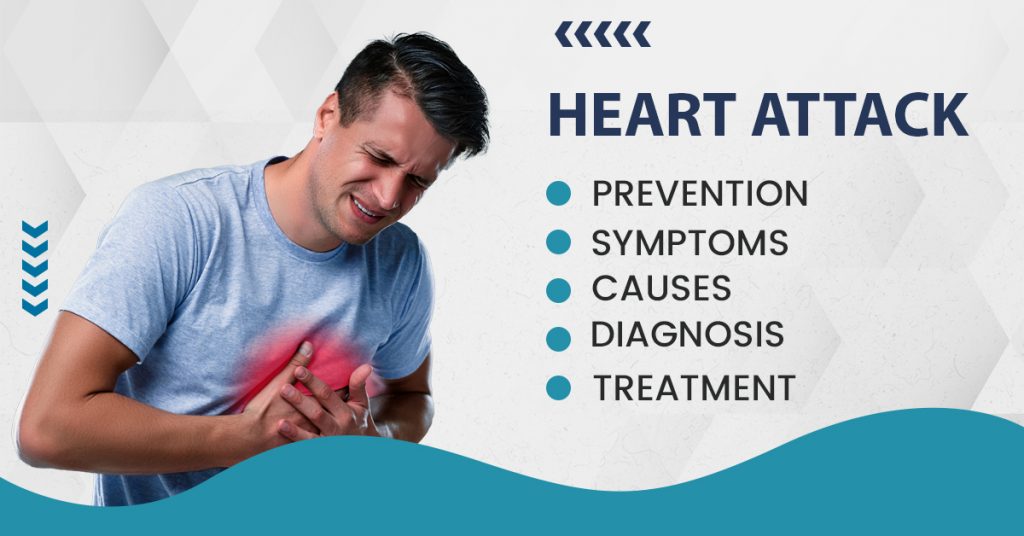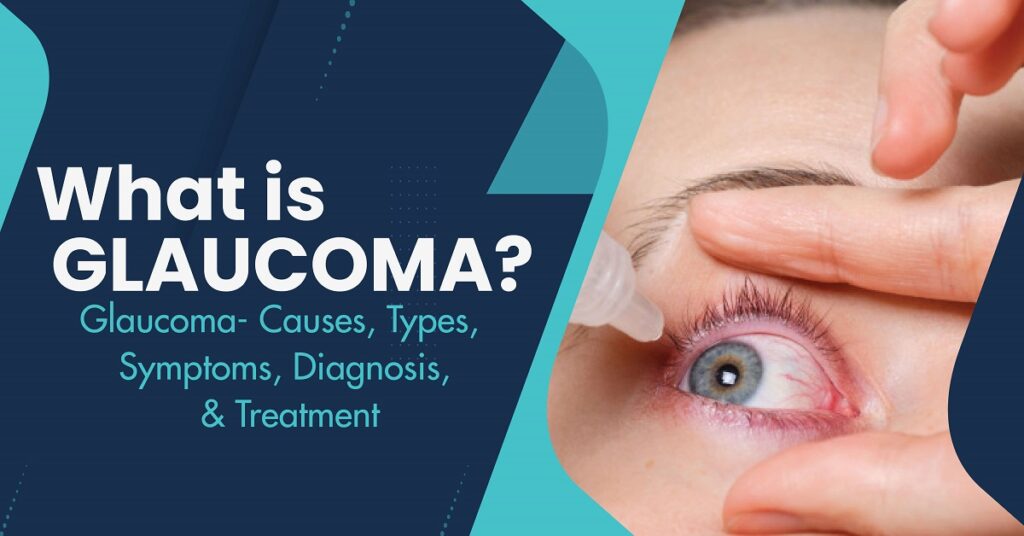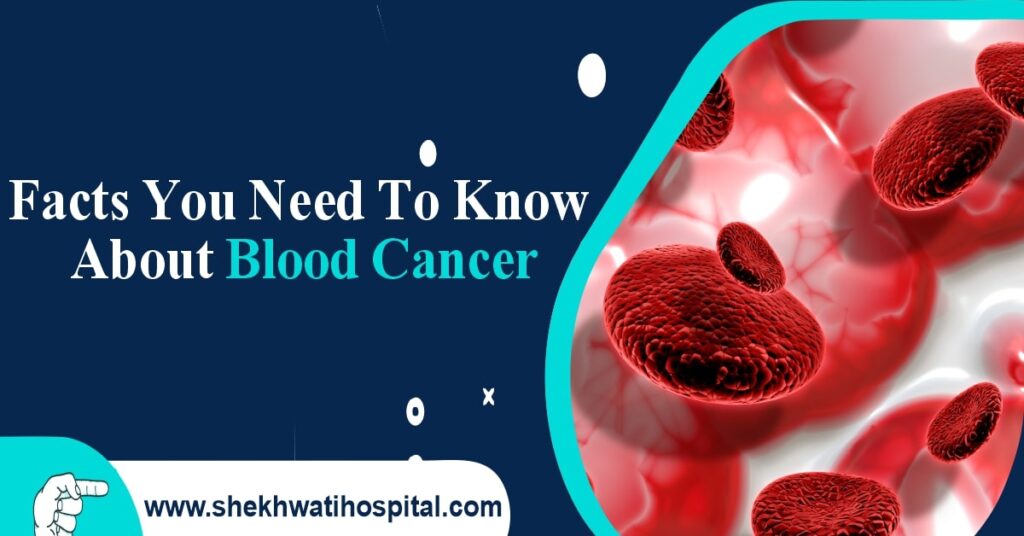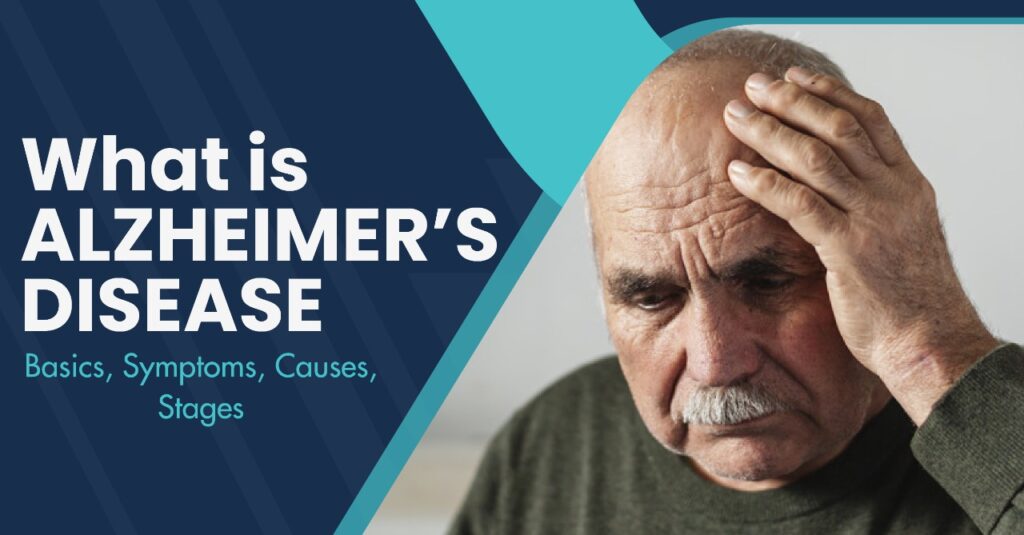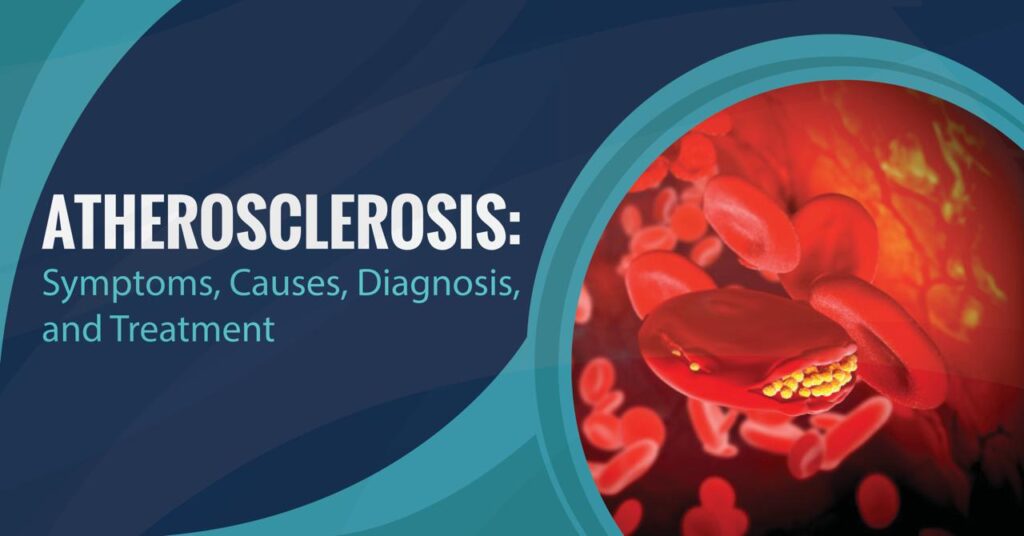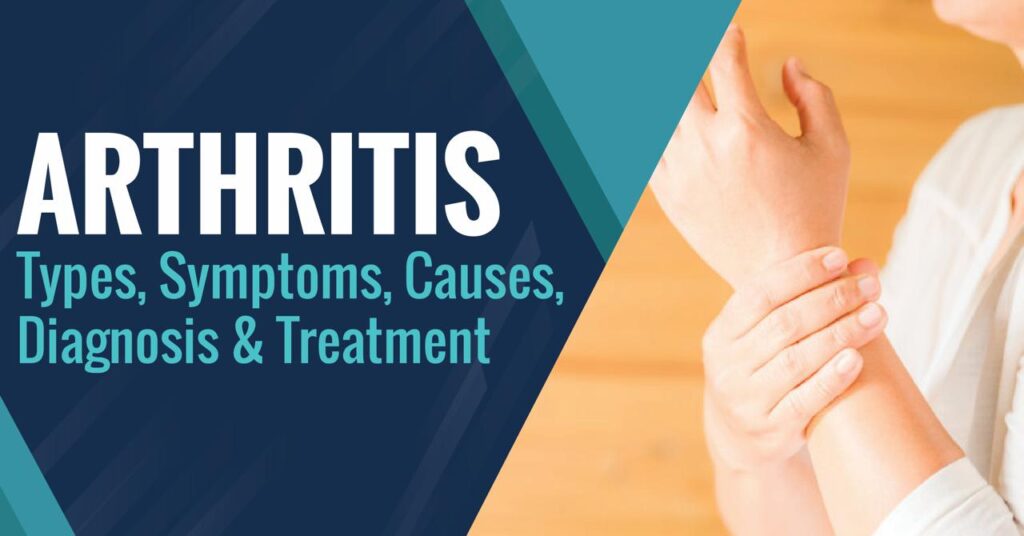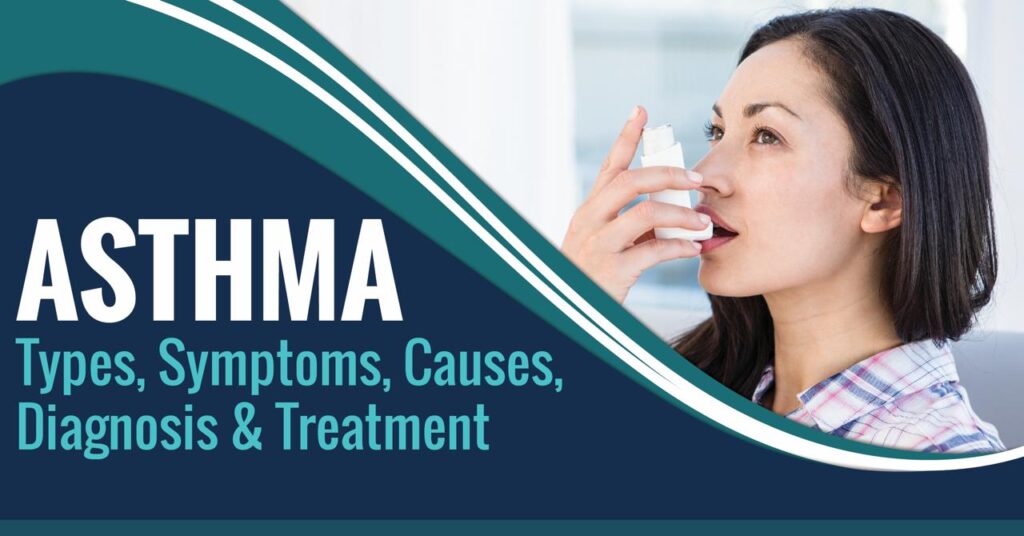A heart attack ensues when the blood supply to the heart is substantially diminished or blocked. An accumulation of chemicals, fat, and cholesterol blocks the coronary arteries. Plaques are fatty, cholesterol-containing deposits. Their accumulation is called atherosclerosis.
When a plaque breaks, a clot can form, cutting off blood flow. A shortage of blood flow can cause a portion of the heart muscle to be damaged or destroyed.
What is a Heart Attack?
A myocardial infarction (also known as a heart attack) is a dangerous ailment that occurs when the blood supply to your heart muscle is interrupted. There are a variety of things that can cause problems with your blood flow, but the most common cause is a blockage in one or more of your heart’s arteries. The injured cardiac muscle will begin to die if there is no blood supply. If blood flow isn’t restored soon after a heart attack, serious cardiac damage and death can result.
Causes of Heart Attack
Coronary artery disease (CAD) is a condition in which your arteries constrict and harden as a result of the buildup of a fatty substance called plaque.
Plaque is a substance that forms in the inner lining of your artery walls and is made up of fat, cholesterol, and other components. Atherosclerosis, or artery stiffening, is the result of this buildup.
When a blood clot lodges in an artery that has previously been constricted by plaque development, blood flow to your heart can be entirely cut off or substantially diminished.
A spasm, or tightness, of a coronary artery, is a less common cause of heart attacks. In extreme cold or under stress, smoking, high blood pressure, alcohol withdrawal, recreational stimulants, or exposure to high blood pressure can result in spasms.
Three common heart disease risk factors can put you at higher risk for a heart attack:
- High blood pressure
- High blood cholesterol or triglycerides
- Smoking
Other factors that enhance your chances of having a heart attack include:
- Being male age 45 or older
- Being female age 55 or older
- Obesity
- Diabetes
- Family history of heart disease
- Lack of physical activity
- Stress
- Use of stimulant medications for recreational purposes (including cocaine and amphetamines)
- Autoimmune illnesses are a type of autoimmune disease (such as rheumatoid arthritis and lupus)
Heart Attack Symptoms
A heart attack has distinct symptoms that necessitate prompt medical intervention.
A sense of pressure can detect a heart attack, tightness, discomfort, squeezing, or hurting in the chest or arms that spread to the neck, jaw, or back.
Other probable signs and symptoms of a heart attack include the following:
- Coughing
- Nausea
- Vomiting
- Crushing chest pain
- Dizziness
- Shortness of breath called dyspnea
- Face seeming grey
- There is a sense of terror that life is about to end
- Feeling awful, generally,
- Restlessness
- Feeling clammy and sweaty
- Shortness of breath
The agony of a heart attack is not relieved by changing positions. A person’s discomfort is usually constant, though it might be sporadic at times. It’s possible to have a silent heart attack, in which you don’t feel any pain and the sole symptom is indigestion-like discomfort. Women and diabetics are more likely to experience this. Silent ischemia (lack of oxygen) to the heart muscle is the medical term for it.
Heart Attack Risk Factors
Heart attacks are caused by several factors, including:
- Men and women in their fifties and sixties are more likely than younger men and women to have a heart attack.
- Tobacco use is a problem. Tobacco use also includes long-term exposure to secondhand smoke. Smokers should give up.
- Blood pressure that is too high. High blood pressure can damage the arteries that lead to the heart over time. High blood pressure, raises the risk even more along with other health problems, such as obesity, high cholesterol, or diabetes.
- Cholesterol or triglyceride levels that are too high. A high amount of low-density lipoprotein (LDL) cholesterol (the “bad”) is the most common cause of artery narrowing. A high level of triglycerides, a kind of blood fat, also raises the risk of a heart attack. If your high-density lipoprotein (HDL) cholesterol — the “good” cholesterol — levels are in the normal range, your risk of a heart attack may be reduced.
- Obesity has been associated with high blood pressure, diabetes, high triglyceride and bad cholesterol levels, and low good cholesterol levels.
- During times of low insulin or insufficient insulin utilization, blood sugar levels rise. A heart attack is more likely when blood sugar levels are high.
- Metabolic syndrome. An expanded waist (central obesity), high blood pressure, low good cholesterol, high triglycerides, and excessive blood sugar are all factors in this condition. If you have metabolic syndrome, your chances of developing heart disease are two times higher than if you don’t.
- Family history of heart attacks. You may be at higher risk if a sibling, sister, father, or grandparent had a heart attack at a young age (by age 55 for men and 65 for women).
- Not enough exercise. Sedentary behavior (lack of physical activity) has been related to an increased risk of heart attacks. Exercise enhances heart health when done regularly.
- Unhealthy diet. Heart attacks are increased by a diet heavy in sweets, animal fats, processed foods, trans fats, and salt. Consume plenty of fruits, veggies, fiber, and omega-3 fatty acids.
- The risk of heart attacks increases when people are under stress, such as when they are angry.
- Illegal drug use. Stimulants include cocaine and amphetamines. They can cause a heart attack by causing a coronary artery spasm.
- A history of preeclampsia. High blood pressure occurs during pregnancy; this is the cause of preeclampsia. It raises the risk of heart disease over time.
- An autoimmune condition. Heart attacks are more likely to occur if you have conditions like lupus or rheumatoid arthritis.
How to Diagnosis of Heart Attack?
Your doctor may prescribe one or more of the following tests:
EKG: This simple test, often known as an electrocardiogram or ECG, measures the electrical activity of the heart. It can determine how much and where your cardiac muscle has been affected. Your heart rate and rhythm can also be monitored.
Blood tests: A series of blood tests, performed every 4 to 8 hours, can aid in the diagnosis of a heart attack and the detection of any ongoing cardiac damage. Heart muscle injury might be indicated by different levels of cardiac enzymes in your blood. These enzymes are frequently found inside the heart’s cells. When those cells are injured, their contents leak into your bloodstream, including the enzymes. Your doctor can determine the size of the heart attack and when it began by examining the levels of these enzymes. Troponin levels can also be measured using tests. Troponins are proteins produced by heart cells when they are injured due to a shortage of blood supply to the heart.
Echocardiography: Sound waves are bounced off your heart to create images in this ultrasound test. It can be used to determine how your heart is pumping and which parts aren’t pumping as they should be during and after a heart attack. The “echo” can also identify if any portions of your heart were harmed during the heart attack (valves, septum, etc.).
Cardiac catheterization: If drugs aren’t improving the ischemia or symptoms, you may need cardiac catheterization, also known as cardiac cath, during the initial hours of a heart attack. Cardiac catheterization can provide an image of the blocked artery and aid your doctor in making a treatment decision.
A catheter (a thin, hollow tube) is placed into a blood artery in the groin or wrist and threaded up to your heart during this treatment. The arteries of your heart are highlighted with dye. Blockages can then be identified and repaired using angioplasty or stents to unblock the artery and restore blood flow. Your doctor may do a variety of tests to evaluate your heart. If cardiac catheterization is not a possibility, an intravenous blood thinner can be used to open the artery.
Heart computed tomography (CT) scan: This imaging procedure creates a very detailed scan of your heart using X-rays and computer processing.
Heart MRI: This test creates a picture of your heart using a high magnetic field and computer processing.
Nuclear heart scans: These scans, like angiography, involve a radioactive tracer injected into your blood. They differ from angiography in that they employ computer-assisted imaging techniques such as computed tomography (CT) or positron emission tomography (PET) scans.
You can Read Also: Headaches: Types, Symptoms, Causes, Diagnosis & Treatment
Treatment of Heart Attack
Your doctor may suggest a procedure if you’ve had a heart attack (surgery or nonsurgical). These procedures can help ease pain and reduce the risk of another heart attack.
Common procedures include:
- A stent is a wire mesh tube that surgeons place in the artery after angioplasty to keep it open.
- An angioplasty is a procedure that involves the use of a balloon to unblock a blocked artery or remove plaque buildup. It’s vital to know that angioplasty is no longer often used by doctors.
- Heart bypass surgery. The blood is rerouted around the blockage during bypass surgery.
- Heart valve surgery. Valve repair or replacement surgery helps the heart pump by repairing or replacing leaky valves.
- Invasive medical devices consist of pacemakers that are inserted under the skin. It can aid in the normalization of your heart’s rhythm.
- Heart transplant. In circumstances where a heart attack results in the permanent tissue death of the majority of the heart, surgeons may consider a heart transplant.
Your doctor may also prescribe the following medications to help you recover from a heart attack:
- aspirin
- other drugs to break up clots
- Blood thinners include antiplatelet and anticoagulants.
- pain relievers
- nitroglycerin
- blood pressure medication
- Beta-blockers
When it comes to a heart attack, the timing of therapy is critical. After a heart attack, the sooner you receive treatment, the faster blood flow can be restored to the afflicted area of your heart, and the more effective the outcome will be.
Helping Someone Having a Heart Attack:
- Call 108 or your local emergency number. Don’t dismiss the warning signs of a heart attack. Have a neighbor or a friend drive you to the nearest hospital if you can’t get an ambulance or emergency vehicle to come to you. Only drive yourself if you have no other choice. Your health may deteriorate while you are behind the wheel.
- Take an Aspirin. Aspirin works by preventing blood clots. It may help to decrease cardiac damage if given during a heart attack. If you are allergic to aspirin or have been instructed by your doctor that you should not take it, don’t take it.
- If nitroglycerin is prescribed, take it. You should take nitroglycerin as prescribed by your physician if you believe you are suffering a heart attack and are waiting for emergency medical care.
- If the victim is unconscious, start CPR. After calling for emergency medical care, if the person isn’t breathing or you can’t find a pulse, start CPR to keep the blood flowing.
Push firmly and fast on the person’s chest center in a very rapid rhythm — around 100 to 120 compressions per minute. - If an automated external defibrillator (AED) is nearby and the person is unconscious, use it according to the device’s instructions.
Heart Attack Complications
Damage to the cardiac muscle is a common cause of heart attack complications. A heart attack may result in the following complications:
- Irregular or atypical heart rhythms (arrhythmias). Damage from a heart attack can alter the way electrical signals go through the heart, creating irregular heartbeats. Some of these are potentially fatal.
- Cardiogenic shock. This uncommon illness happens when the heart stops pumping blood suddenly and unexpectedly.
- Heart failure. Damage to the heart muscle tissue can prevent the heart from pumping blood. Heart failure can be short-term or long-term (chronic).
- The sac-like tissue that surrounds the heart is inflamed (pericarditis). A defective immune system response can be triggered by a heart attack. Dressler syndrome, postmyocardial infarction syndrome, or postcardiac damage syndrome are all names for this illness.
- Cardiac arrest. The heart ceases without warning. Abrupt cardiac arrest is caused by a sudden change in the heart’s signaling. This life-threatening illness is made more likely after a heart attack. Without quick treatment, it can result in death (sudden cardiac death).
Recovery from Heart Attack
Your heart may be injured if you’ve had a heart attack. Your heart’s rhythm and capacity to pump blood to the rest of your body may be affected. As well as second heart attacks, you might also be at risk for illnesses such as strokes, renal disease, and peripheral arterial disease (PAD).
Following these steps will reduce your risk of experiencing future health problems after a heart attack:
- Physical activity: Talk to your healthcare providers about the things you do in your life and at work daily. Following a heart attack, your doctor may advise you to reduce your employment, travel, and sexual activity for a while.
- Lifestyle change: In addition to taking prescription medications, you can improve your heart health and quality of life by eating a healthy diet, increasing physical activity, stopping smoking, and managing stress. For assistance in making these lifestyle changes, discuss enrolling in a cardiac rehabilitation program with your doctor.
- Cardiac Rehabilitation: Anyone recovering from a heart attack, heart failure, or another heart disease that necessitated surgery or medical treatment should consider cardiac rehabilitation. In cardiac rehab, a variety of activities are incorporated into a supervised program.
- Physical activity
- Education about how to live a healthy lifestyle, including how to eat well, take medications as recommended, and quit smoking.
- Stress can be managed and mental health improved through counseling.
Prevention of Heart Attack
A healthy lifestyle is the most effective method to avoid a heart attack. The following are some examples of healthy living measures:
- not smoking
- eating a balanced, healthful diet
- getting plenty of exercises
- getting plenty of good quality sleep
- keeping diabetes under control
- keeping alcohol intake down
- maintaining blood cholesterol at optimum levels
- keeping blood pressure at a safe level
- maintaining a healthy body weight
- avoiding stress where possible
- learning how to manage stress


